Safety and Regulations
10 Best Techniques for Effective Tree Pruning
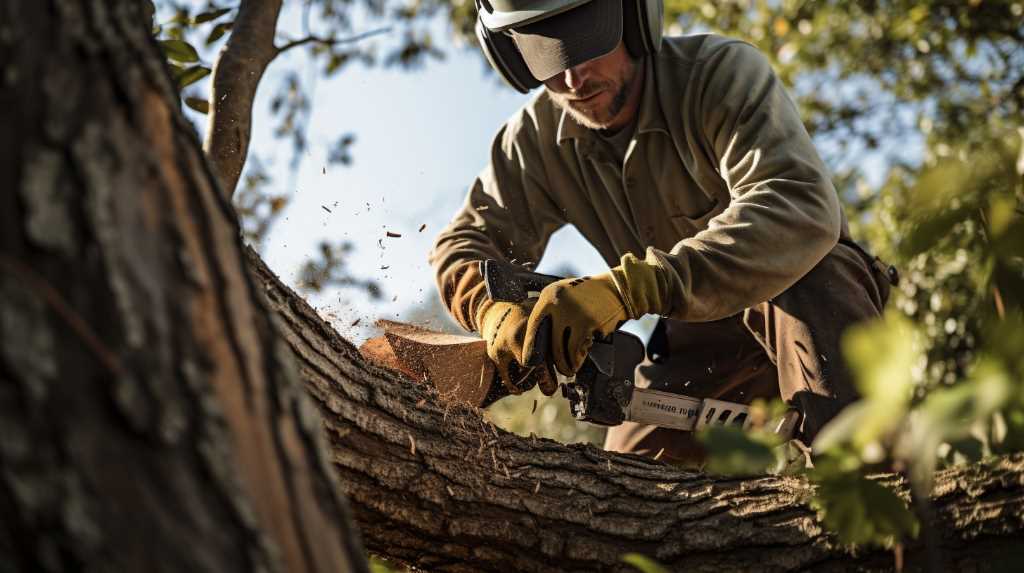

As an experienced arborist, I’ve discovered that effective tree pruning can significantly improve the health and appearance of your trees.
Did you know that using the right techniques can increase fruit production by up to 200%?
In this article, I will share the top 10 techniques for successful tree pruning.
From understanding tree anatomy to selecting the proper tools, you’ll learn how to promote tree health, control size and shape, and prevent common pruning mistakes.
Let’s dive in and enhance our tree care skills together!
Proper Timing for Tree Pruning
I always prioritize pruning trees during their dormant season for optimal results.
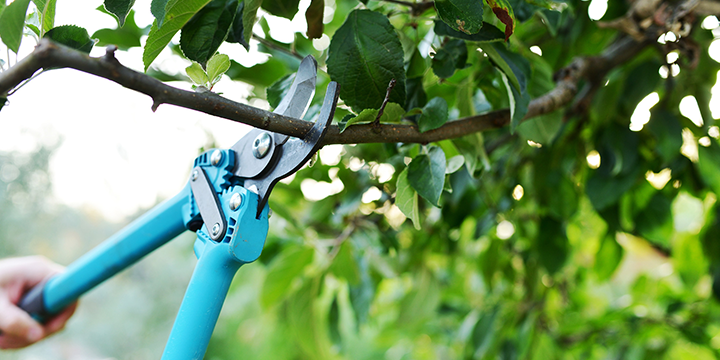

The dormant season, typically during late winter or early spring, is the ideal time to prune trees as it ensures minimal stress on the tree and promotes healthy growth. During this period, the tree is in a state of dormancy, which means it isn’t actively growing.
Pruning during this time allows the tree to allocate its resources towards healing and regenerating, rather than expending energy on new growth. Additionally, pruning during the dormant season reduces the risk of disease transmission and insect infestation, as these organisms are also less active during this time.
Understanding Tree Anatomy for Pruning
To effectively prune trees, it’s essential to have a clear understanding of their anatomy. Trees are complex organisms with various parts that contribute to their growth and development. Understanding these parts will enable you to make informed decisions when it comes to pruning.
The main parts of a tree include the trunk, branches, and roots. The trunk provides structural support and transports water and nutrients throughout the tree. Branches are responsible for photosynthesis and provide shade and shelter. The roots anchor the tree and absorb water and nutrients from the soil.
Selecting the Right Pruning Tools
When selecting the right pruning tools, it’s important to consider the specific needs of the tree and choose the appropriate tool for the job. Here are three key factors to keep in mind:
- Size and type of branches: For smaller branches, handheld pruning shears or hand pruners are ideal. They provide precision and control for delicate cuts. For larger branches, loppers with long handles and ratcheting mechanisms offer the power and leverage needed to make clean cuts.
- Tree height and accessibility: If you need to reach high branches, a pole pruner or a pruning saw with an extendable pole can be useful. These tools allow you to trim branches without the need for a ladder, ensuring safety and efficiency.
- Blade quality and sharpness: A sharp and durable blade is essential for effective pruning. Look for tools with high-quality steel blades that can make clean cuts without crushing or tearing the branches.
Assessing and Addressing Tree Health Issues
One important aspect of effective tree pruning is evaluating and resolving tree health issues. As a knowledgeable arborist, I understand the significance of assessing a tree’s health before implementing any pruning techniques.
When it comes to tree health, it’s crucial to look for signs of disease, pests, and structural issues. Conducting a thorough examination of the tree’s foliage, bark, and overall appearance can provide valuable insights into its well-being. By identifying any potential health issues, such as fungal infections or insect infestations, I can take appropriate measures to address them. This may involve using targeted treatments or, in severe cases, removing affected branches or even the entire tree.
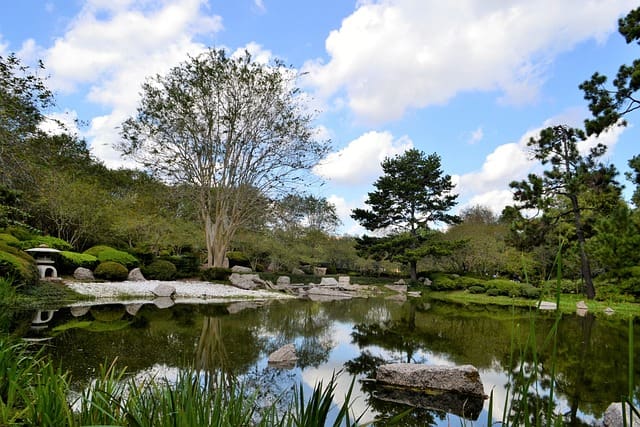

Resolving tree health issues not only enhances the tree’s vitality but also promotes the overall health and safety of the surrounding environment.
Removing Dead, Diseased, and Damaged Branches
When it comes to tree pruning, one of the most important tasks is removing dead, diseased, and damaged branches. This is crucial for maintaining the overall health of the tree and preventing further spread of diseases or decay.
Importance of Pruning
Pruning is essential for maintaining the health and structural integrity of trees by removing dead, diseased, and damaged branches. It’s a crucial step in tree care that shouldn’t be overlooked. Here are three reasons why pruning is important:
- Preventing the spread of disease: By removing infected branches, pruning helps to stop the spread of diseases and pests throughout the tree. This helps to protect the overall health of the tree and prevents further damage.
- Enhancing tree aesthetics: Pruning can improve the appearance of trees by removing unsightly dead or damaged branches. This can make the tree look more visually appealing and well-maintained.
- Promoting new growth: Pruning stimulates new growth by removing old branches that may be inhibiting the tree’s overall growth potential. This allows for better air circulation, sunlight penetration, and nutrient distribution throughout the tree.
Pruning for Tree Health
To ensure tree health, removing dead, diseased, and damaged branches is essential.
Pruning for tree health involves the careful identification and removal of branches that are no longer functioning properly. Dead branches, often characterized by a lack of foliage and brittle wood, can pose a safety hazard as they’re prone to falling. Additionally, they provide an entry point for diseases and pests, compromising the overall health of the tree.
Diseased branches, displaying symptoms such as discoloration, can spread pathogens throughout the tree if left unattended. Similarly, damaged branches, caused by storms or improper pruning techniques, can weaken the tree’s structure and hinder its growth.
Creating a Balanced Tree Structure
In order to achieve a balanced tree structure, it’s important to carefully consider the distribution of branches throughout the tree. This ensures that the weight of the branches is evenly distributed, reducing the risk of limb breakage and promoting overall tree health.
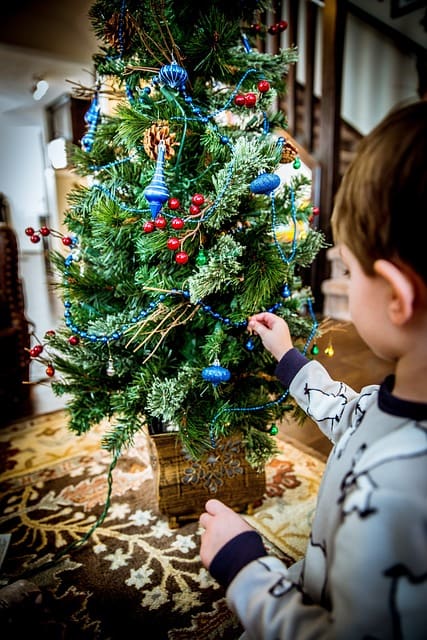

To create a balanced tree structure, follow these key steps:
- Assess the existing branch distribution: Start by evaluating the current arrangement of branches. Identify any areas where there’s an excessive concentration of branches or an imbalance in branch size.
- Prune for balance: Remove any branches that are too large or too numerous in certain areas. This will help distribute the weight and create a more balanced structure.
- Encourage lateral growth: Prune branches that are growing in a vertical or upward direction, as this can lead to top-heavy trees. Instead, encourage lateral growth by selectively pruning to stimulate the growth of side branches.
By carefully distributing branches and creating a balanced structure, you can ensure the long-term health and stability of your trees.
Now, let’s explore how pruning techniques can promote fruit production.
Promoting Fruit Production Through Pruning
Moving forward from the previous subtopic, I frequently find that pruning techniques play a crucial role in promoting fruit production in trees. Proper pruning can enhance the health and productivity of fruit-bearing trees, ensuring a bountiful harvest year after year.
When pruning for fruit production, it’s important to focus on removing dead or diseased branches, as well as those that are overcrowded or crossing over each other. This allows for better air circulation and sunlight penetration, which are essential for optimal fruit development.
Additionally, strategic pruning can help redirect the tree’s energy towards fruit production, by removing excessive vegetative growth. By following these specific pruning techniques, gardeners can maximize fruit yield and quality, resulting in a more rewarding and fruitful experience.
Transitioning into the subsequent section about controlling tree size and shape, let’s now explore the importance of maintaining the desired size and shape of fruit trees.
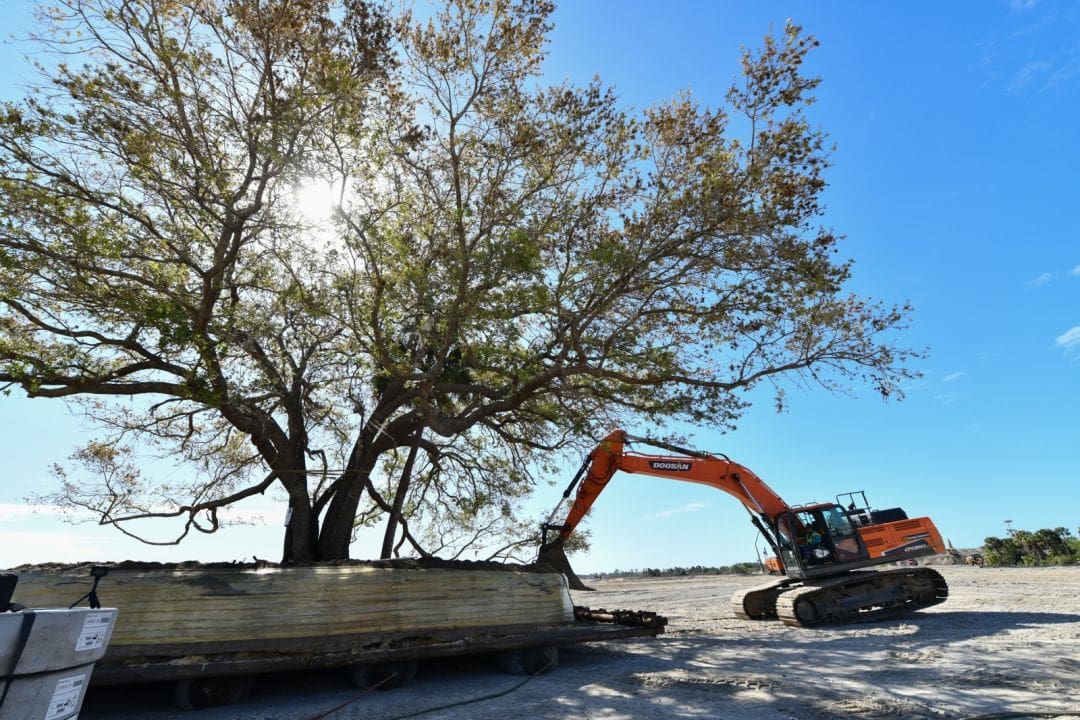

Controlling Tree Size and Shape
One effective technique for controlling the size and shape of fruit trees is to regularly prune them. Pruning helps maintain the desired height and spread of the tree while promoting optimal growth and fruit production.
Here are three key methods for controlling tree size and shape:
- Crown Reduction: This technique involves selectively removing larger branches to reduce the overall size of the tree. By removing excessive growth, the tree’s energy is redirected towards producing fruit, resulting in a more compact and manageable shape.
- Training and Espalier: Training involves guiding the tree’s branches along a desired framework, while espalier involves pruning and training the tree to grow against a wall or fence. Both methods help control tree size and shape by directing growth in a specific direction.
- Thinning: Thinning involves selectively removing excess branches and foliage to increase air circulation and sunlight penetration. This technique not only helps control tree size but also improves fruit quality and reduces the risk of disease.
Enhancing Tree Aesthetics With Pruning
To enhance the aesthetics of the tree, I focus on pruning techniques that highlight its natural beauty and create an appealing visual presence. By carefully shaping and thinning the branches, I can accentuate the tree’s inherent structure and form.
This involves removing any dead or diseased branches, as well as those that are crossing or rubbing against each other. I also pay attention to the overall balance of the tree, ensuring that it doesn’t appear lopsided or top-heavy.
To add depth and dimension, I employ selective pruning to create open spaces within the canopy, allowing light to filter through and casting beautiful patterns on the ground below.
Ultimately, my goal is to create a tree that not only fits harmoniously within its surroundings but also brings a sense of pride and belonging to its owner.
Preventing Common Pruning Mistakes
When it comes to tree pruning, it’s crucial to use proper techniques to avoid causing damage to the trees.


One common mistake is pruning too close to the trunk, which can lead to decay and disease.
Another mistake is removing too much foliage, which can weaken the tree and affect its overall health.
Proper Pruning Techniques
I have learned that using proper pruning techniques is crucial to avoid common pruning mistakes. When it comes to pruning trees, precision and knowledge are key. Here are three techniques that will help you achieve effective tree pruning:
- Start by identifying the branches that need to be pruned. Look for dead, diseased, or damaged branches, as well as those that are crossing or rubbing against each other. Removing these branches will promote the tree’s overall health and structure.
- Use the correct tools for the job. Pruning shears are suitable for small branches, while loppers are better for thicker branches. Make clean cuts at the branch collar, avoiding leaving stubs or damaging the bark.
- Consider the tree’s growth patterns and desired shape. Prune with a purpose, following the natural form of the tree and maintaining its structural integrity. This will help the tree develop a strong framework and reduce the risk of future pruning needs.
Avoiding Damage to Trees
One common mistake to avoid when pruning trees is causing damage to the tree’s structure and health. Pruning is a crucial practice to maintain the overall health and aesthetics of trees, but if done improperly, it can lead to severe consequences.
It’s essential to have a clear understanding of the tree’s growth patterns and natural structure before starting the pruning process. Cutting too close to the main trunk or removing large branches without proper technique can weaken the tree’s structure, making it vulnerable to disease and pests.
Additionally, excessive pruning can result in a loss of foliage, reducing the tree’s ability to produce energy through photosynthesis.
To prevent these common pruning mistakes and ensure the long-term health of the tree, it’s recommended to seek guidance from a certified arborist or follow proper pruning techniques.




Hello there! I’m Logan Foster, the green-thumbed social media marketer behind the vibrant world of 1800TreeGuy.com. With roots firmly planted in arboriculture, I’ve branched out to help clients cultivate their dream outdoor spaces, one leafy canopy at a time. My knack for nurturing nature is more than a profession—it’s a way of life.
When I’m not talking trees and teaching the art of arboreal care, you can find me cheering on the Bulldogs—my alma mater’s pride and my forever team. My environmental studies there didn’t just teach me about ecosystems; they instilled a lifelong passion for protecting our planet.
Off the clock, I’m an adventurer at heart. Whether it’s trekking the Appalachian trails, pedaling down a mountain path, or crafting guides to share the wonders of the wild, I’m happiest with soil under my nails and the sun on my face. And let’s not forget Yoda, my pug sidekick. He may not have mastered the art of stillness, but his joyful grins are my daily dose of happiness.
I’m all about making connections—between people and the great outdoors and between my clients and their ideal landscape visions. My approach is personal; every tree has a story, and every garden reflects its caretaker.
If you want to green your scene or share in my outdoor escapades, give me a shout on Instagram or Facebook. Let’s cultivate a conversation and grow a community rooted in a love for the lush life.







